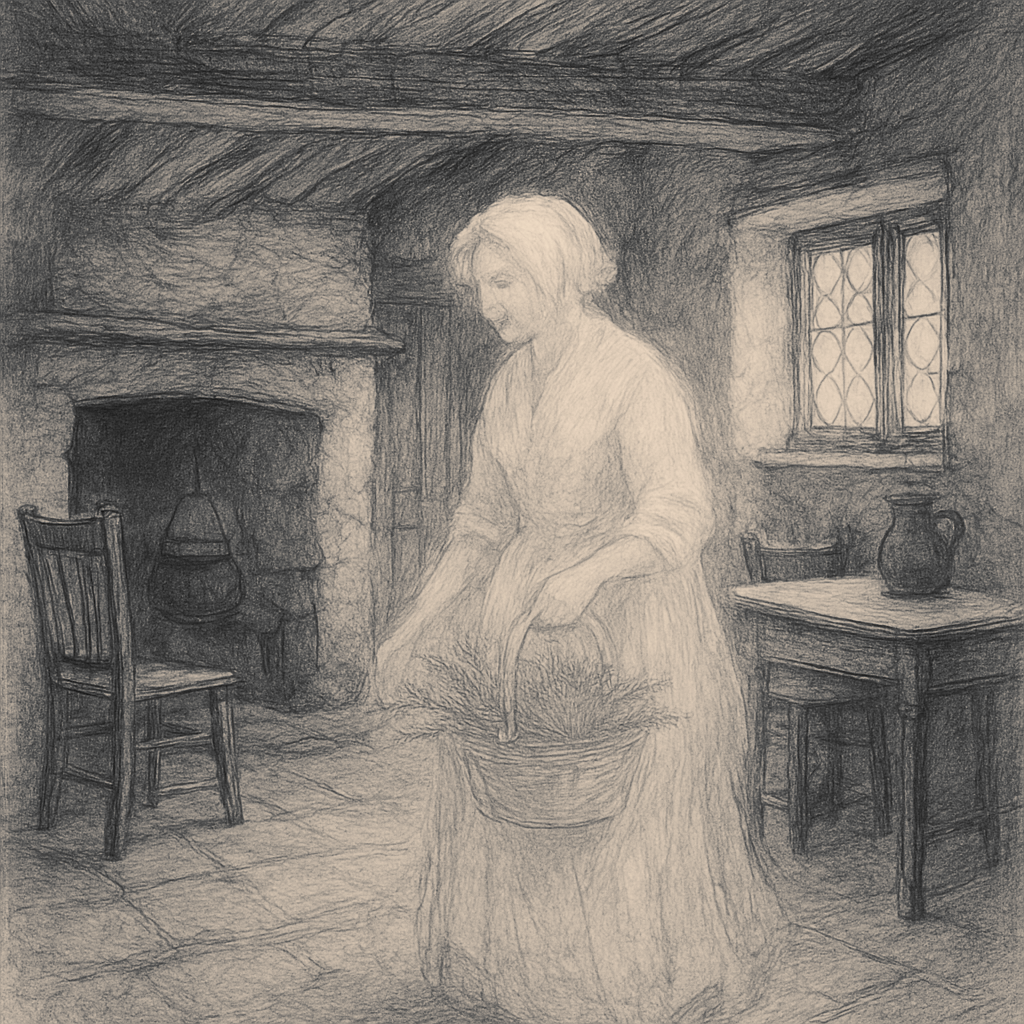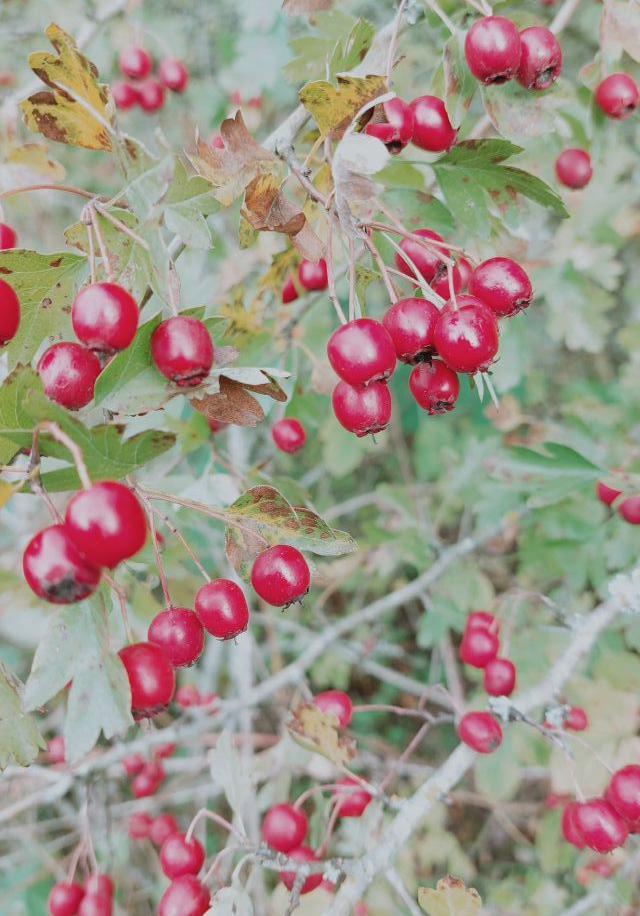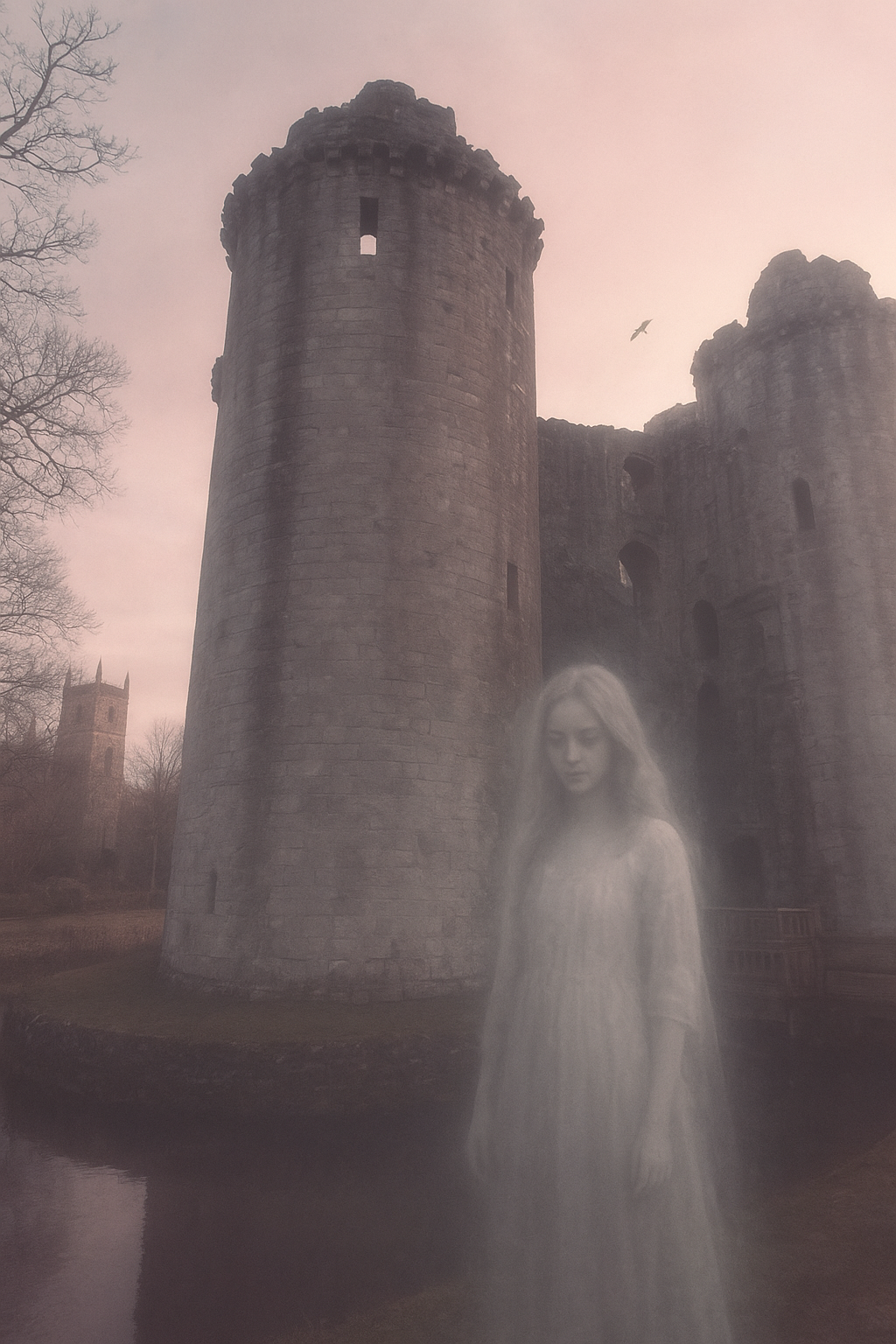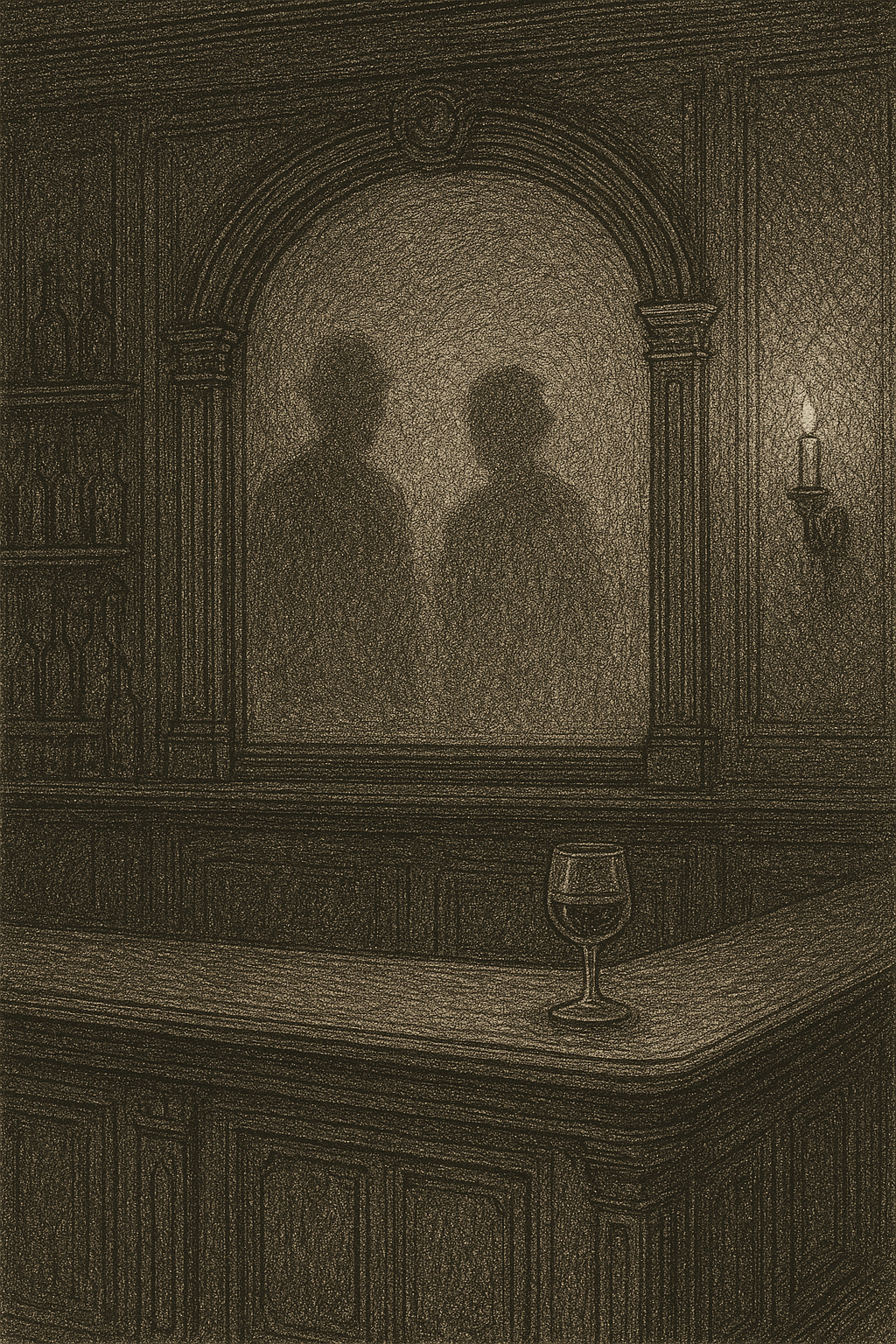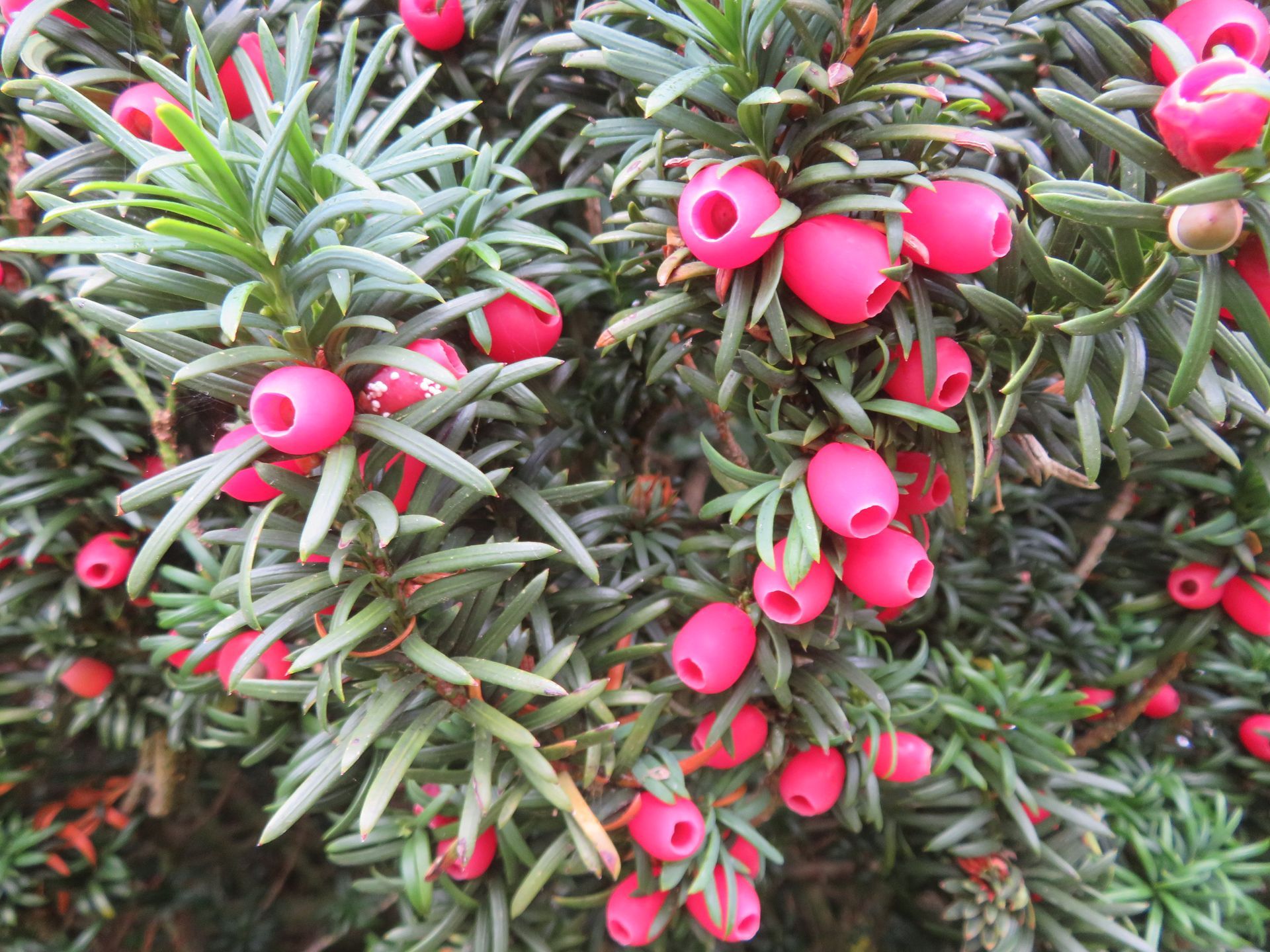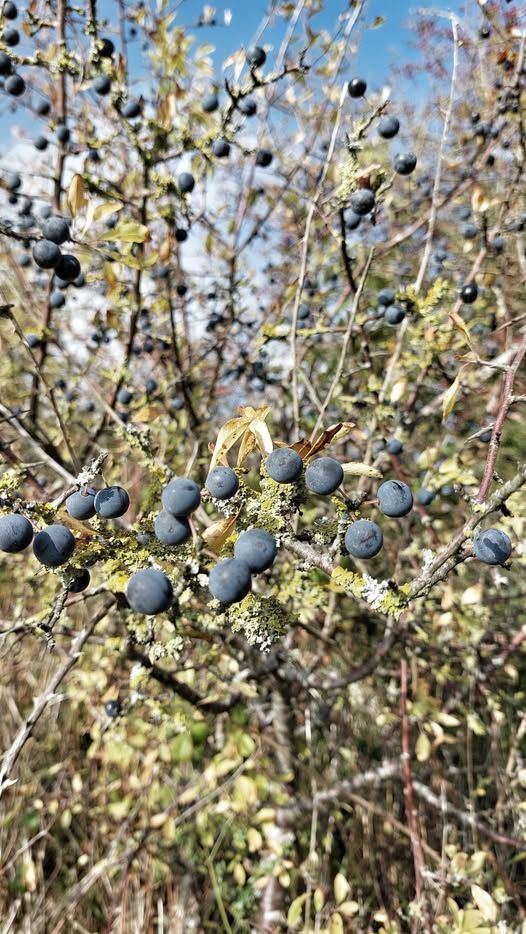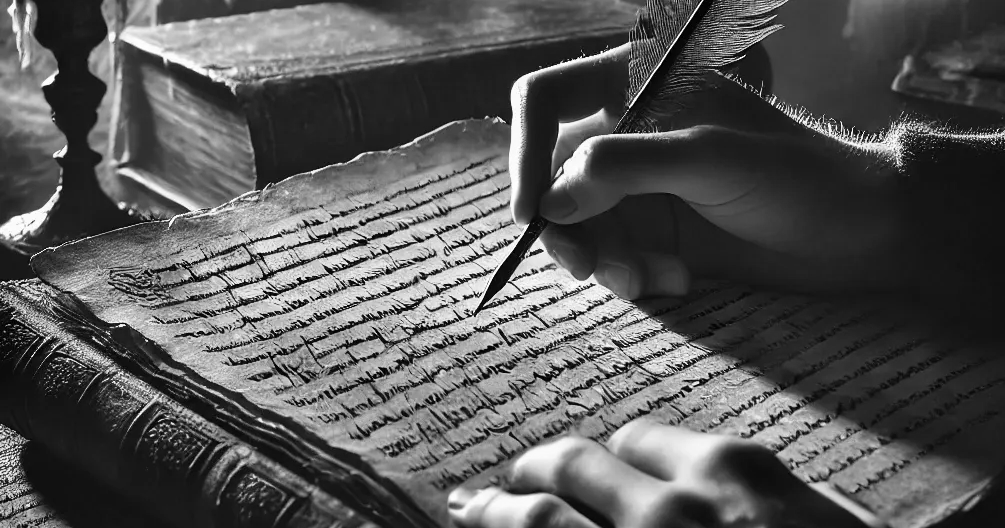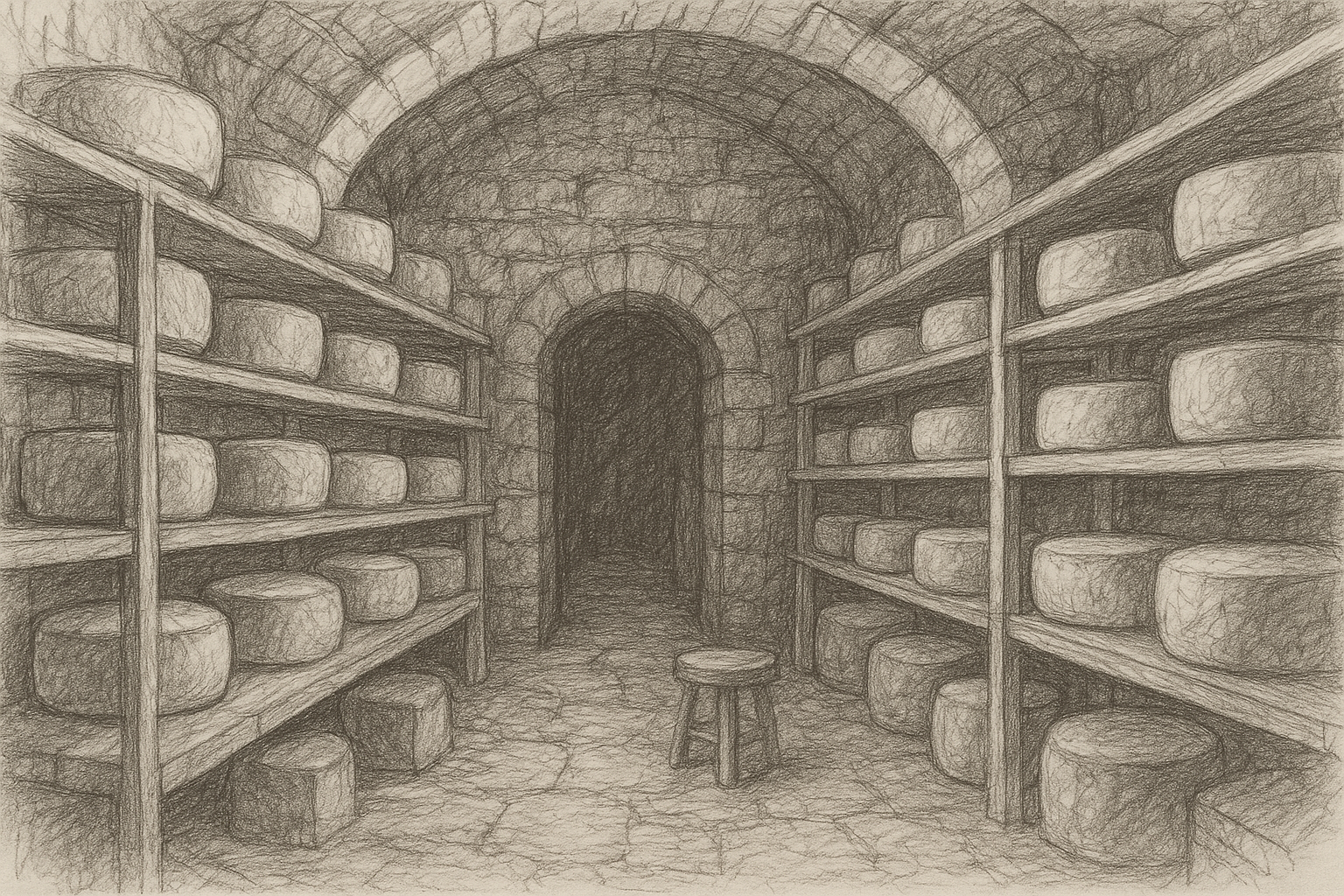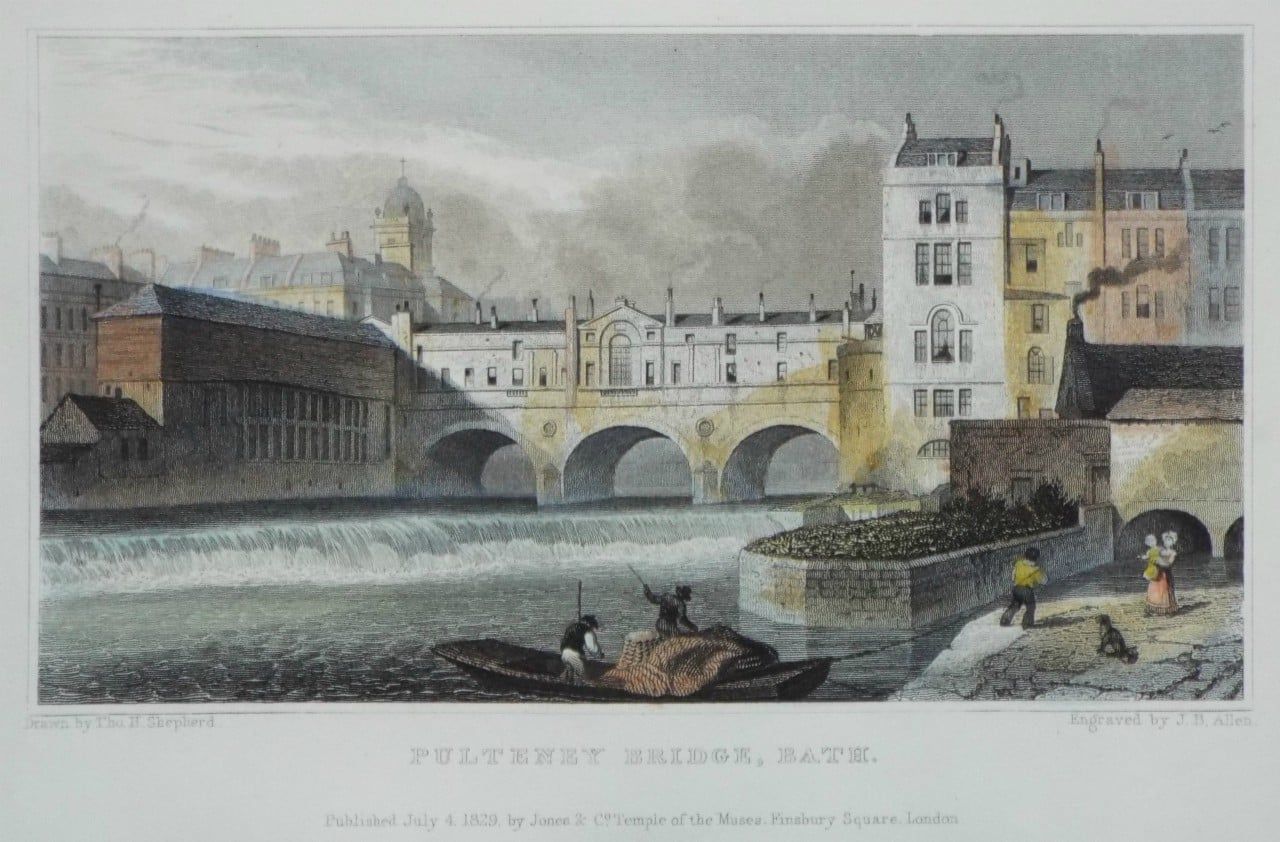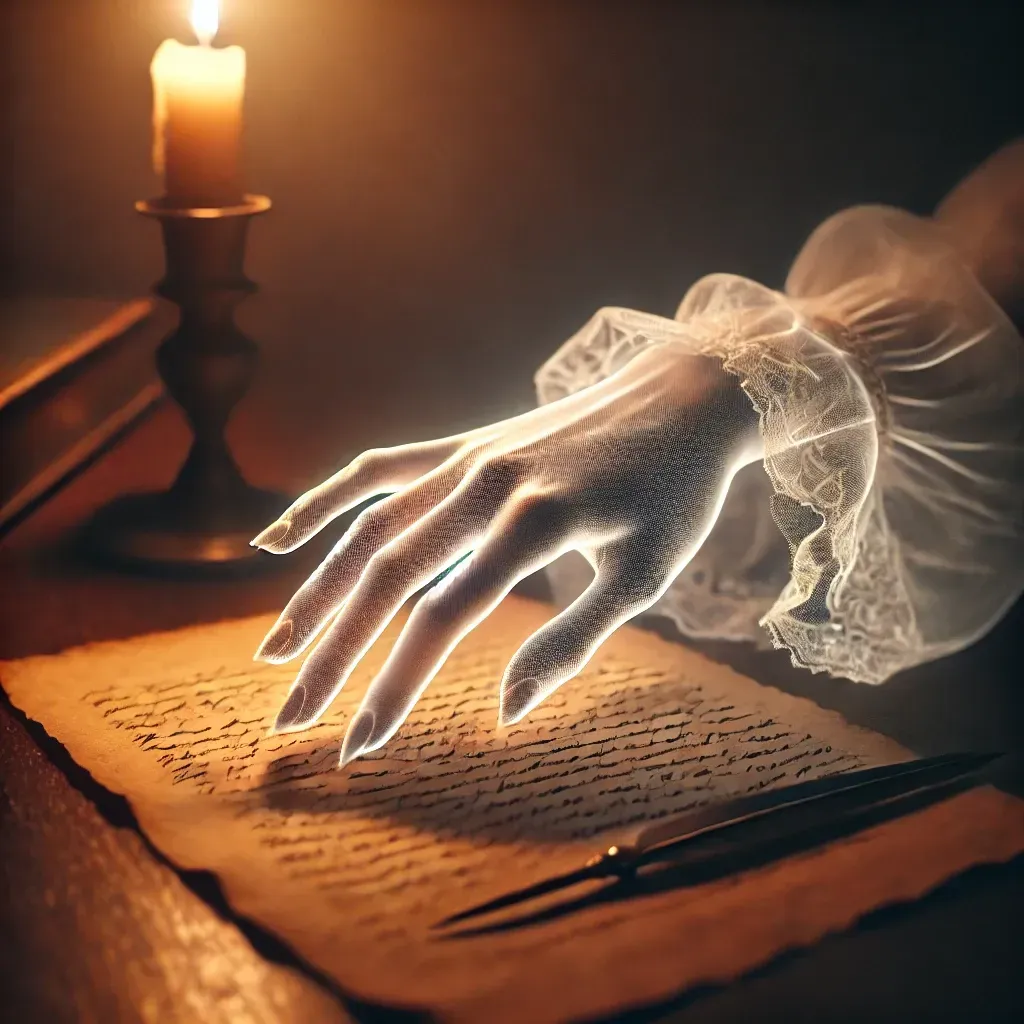A Somerset Ghost Story
A Somerset Ghost Story from an Anonymous Contributor, in their own words..
In 1978 (I believe Saturday September 23rd) a friend and I booked a weeks holiday in Somerset, in an old farm cottage, for the week fishing.
The holiday started off a little strangely in as much that, my friend being an excellent map reader, couldn't find the house we wanted...even though we knew we were on the right road, in the correct area.
We had approximate directions from the owners to their home, knowing the house was very close and on the main road.
We went to the owners property a mile or so 'down the road' at the arranged time.
We were taken by the lady owner to the house we were staying in and very briefly told where all the rooms were...and the lady was gone.
I don't mean she vanished, she just left abruptly.
Though we didn't think much of it at the time, we did later agree it was a bit 'odd'.
The cottage was clean but rather old fashioned.
We had a look around and decided on the twin bedded room to dump our cases of clothes.
Having eaten we set off for the first fishing session.
It was late September and I guess we returned to the house around 10pm.
We sat in the lounge eating supper while watching (I think) the news (or a movie) on TV.
We sat on the couch with our backs to the stairs wall, at each end of the couch was a door.
The one on my friends side led to the kitchen, the bathroom and outside.
The door on my side led to the bottom of the stairs, the front door, then through to the dining room, a door here led through to the kitchen.
The door on my friends side (leading to the kitchen and then outside) clicked open by itself and opened fully.
I think we both expected someone to come into the room.
My friend leaned over and pushed the door closed. (I really can't recall if it opened again later though something tells me it did).
Then the bumping started on the stairs.
It sounded rather like someone had dropped a ball down the stairs...hitting some steps and missing others in an irregular pattern.
I cannot remember now how long this bumping continued for, some time I think, as in hours rather than minutes.
At the time we thought perhaps an animal was in the house somewhere.
We had opened the window in the twin bedded room a little as it was a bit stuffy in there (before we went off fishing).
We decided we'd wait for daylight to go upstairs and investigate! but got no sleep that first (Saturday) night, sitting up on the couch all night, listening.
When daylight came we went fishing, returning about mid day.
On returning we checked around the house and found nothing out of place.
We closed the window we had opened in the bedroom, then ate and went off fishing again, returning again around 10 pm or so.
We got supper and lit the fire in the lounge as the nights were getting colder.
We had placed a suitcase by each of the lounge doors so they couldn't open again without moving a case.
The bumping started around 11pm and sounded the same as the previous night. (The memory plays tricks but I believe it went on for some hours).
We hadn't been up the stairs again and there was no central heating to make pipes rattle etc.
I slept for an hour while my friend stayed awake. (I'd done all the driving and needed desperately to get some sleep).
After an hour my friend woke me and we went into the kitchen together to make tea.
He told me that while I was asleep he got the impression someone walked through the lounge with a basket of lavender.
He said it was a strong, heavy smell though he saw nothing and apparently, also while I slept he was putting logs on the fire when he felt a 'pushing' from behind .
I stayed awake while he got an hours sleep.
Well, that was the plan but I fell asleep too and was rudely awoken by him swearing at me for dozing off!
We stayed awake all night after this and went fishing when the sun was up (It was now Monday morning).
Returning to the house in daylight, the place was fine.
My friend went first into the bathroom to clean up while I made tea and then strolled around the garden taking a few pictures (it was 35mm film in those days, not digital!). There were some nice views across the Kings Sedgemoor area.
I pointed the camera towards the rear of the house and thought I saw my friend in an upstairs window.
I went into the house and called to him up the stairs...he answered from the bathroom which was adjoined to the kitchen.
He came out when I called him and he was still dripping wet.
He assured me he wouldn't have gone up the stairs for anything. (I believe him and neither would I have!).
(Years later he confided that one afternoon he too had been walking around taking pictures and he thought he saw 'someone' in the same bedroom window...it wasn't me!)
It was my turn for the bathroom while he prepared a meal, we ate and lounged around for a while then went fishing.
As usual we returned around 10 pm.
Also as usual we sat in the lounge eating supper when the bumping started again.
My memory says it was louder and more persistent this night.
We were both getting really tired by now and rather irritable.
By 1am we'd had enough and decided it was time to face whatever was causing this bumping on the stairs.
I had my fishing knife on my belt so I pulled it and grabbed a torch, he got the long heavy poker from the fireplace. (yes we still thought the noise was natural, not even really thinking paranormal).
I opened the door to the stairs and reached around, fumbling for the light switch, the bumping stopped.
I led the way and headed up the stairs, it was lit but only by very dim bulbs.
We checked the bedroom we had intended using and all was ok.
We moved onto the little single room (the one I thought I'd seen my friend in in the afternoon)...nothing.
Closing the door we moved to the big old fashioned main bedroom.
While my friend stood on the top of the stairs I edged into the room...once I'd flicked the dim light on, my friend followed me into the doorway.
I looked under the big old bed and then walked around the foot of the bed toward the big old wardrobe.
With my torch in one hand and knife in the other I reached out for the door handles.
FLASH....BANG....DARKNESS AND BUMP BUMP BUMP ON THE STAIRS.
I was around the bed and down the stairs in what seemed like one second.
I don't recall either of us saying anything.
We walked side by side out of that place, across the yard to the car and drove away.
I can't recall now if we even bothered locking the back door.
We spent the night in a layby about a mile away and slept peacefully and returned to the house at daybreak, Tuesday morning.
As I said, by daylight the place wasn't so 'creepy'.
We went upstairs to the main room.
A quick look showed us what had gone down.
The wiring to the light over the bed was old, it was the type which was covered in a woven fabric!
The light socket had shorted out, the socket blew off, smashing the bulb on the bed.
That was the flash, bang and darkness covered. (This caused all the upstairs lights to go out ((it's a ring main)).
The bumping on the stairs was my friend legging it downstairs.
Good thing he did too because, had he stayed on the landing in almost total darkness, he would have been faced with the vision of a wild eyed lunatic with a knife and a flashing light coming at him through the darkness...and he might have hit me with that damned poker!
The rest of the week we slept at nights in that layby, we departed at the weekend, telling the owners about the light but we didn't mention the rest of it.
Before we left we collected a load of conkers (off the chestnut trees in the garden) for my friend's younger brother. (Look up 'conkers' online for a definition of the game).
He put the conkers below his laundry in a shopping bag.
Saturday night / Sunday morning back at his home, my friend sat with a cup of tea by the fireplace...sorting his clothes to be washed the next day.
The silver candlestick on the mantle fell off and into the top of the bag containing the conkers.
Later that night / early hours of Sunday, while settling the coal fire for the night my friend felt like someone was pushing him from behind...but everyone was in bed asleep. (This was the second time this sort of thing happened to him).
It would be 1985 when my friend and I and his wife and baby took another holiday in Somerset, this time the cottage we hired was much friendlier.
We were at Burnham on Sea and on the Wednesday we decided to take a ride to the Cheddar Gorge, a few miles away.
On the way back they were all dozing while I drove.
After a while I got the feeling I knew this area and recognised a few landmarks.
I said to my friend "do you know where we are?"......
He rolled up his sleeve, showing me the vertical hairs on his arm..."Yeah I know where we are"!!.... as we drove past the cottage from years before.
Thank you to the anonymous contributor for this very interesting story.
Image - Somerset Paranormal/ PJW Artworks
